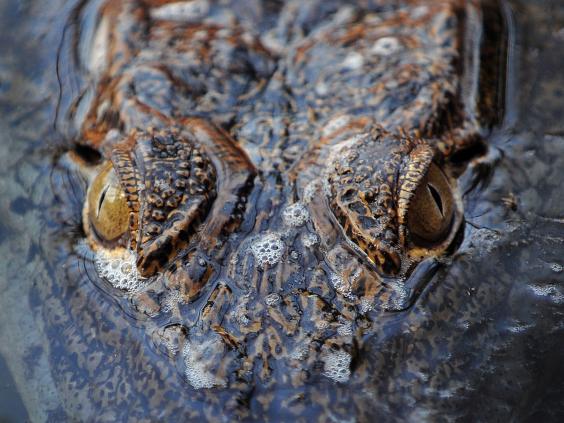
The research was supported by the Canadian Institute for Advanced Research, the Tula Foundation, and the Natural Sciences and Engineering Research Council of Canada. The work sheds new light on how very different organisms-in this case warnowiids and animals-can evolve similar traits in response to their environments, a process known as convergent evolution. prey, hundreds of yards away, which sounds just.

The microscopes enable the reconstruction of three dimensional structures at the subcellular level. Its meant to provoke curiosity, wonder, and awareness of how many non-human eyes are always watching us. The team analyzed the eye-like structure using state of the art microscopy at the Centre for High-Throughput Phenogenomics at UBC. The researchers-including the labs of UBC microbiologist Patrick Keeling and virologist Curtis Suttle-gathered samples of warnowiids off the coasts of B.C. “It has hundreds of closely packed membranes lined up in parallel.” A prey's upper eyelid is often raised higher than the lower lid, giving them a wide-eyed appearance. They may avert their gaze, or look down and away from the. Prey's eyes convey submission to the predator. Scientists have now done the first comprehensive study of these three kinds of pupils horizontal slits, vertical slits, and round. 5 Key Features of Prey Eyes 1) Submission. “The internal organization of the retinal component of the ocelloid is reminiscent of the polarizing filters on the lenses of cameras and sunglasses,” said UBC zoologist Brian Leander, senior author on the paper. Prey, on the other hand, is suited well by having a broader periphery that helps them spot approaching predators, even if at the expense of the ability to converge the eyes and look straight forward. The structure could then send chemical messages to other parts of the cell, showing them in which direction to hunt. When the eyes are on either side of the head, the animal will be able to see a very wide visual field, covering a large portion of the world around them. In such animals, the eyes often move independently to increase the field of view. Examples include rabbits, buffalo, and antelopes. The researchers speculate that the eye helps warnowiids detect shifts in light as it passes through their transparent prey. Some animals usually, but not always, prey animals have their two eyes positioned on opposite sides of their heads to give the widest possible field of view.

Transmission electron micrograph showing the eye-like structure in warnowiid dinoflagellates.


 0 kommentar(er)
0 kommentar(er)
